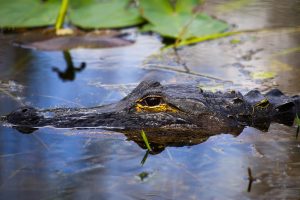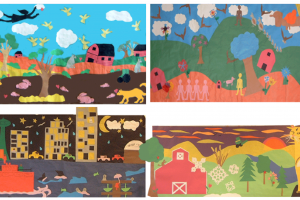As the author of Plastic, Ahoy! Investigating the Great Pacific Garbage Patch, people often ask me how they can do more to give the ocean a voice. Well, here’s a great way you can involve everyone in the family! Personal care products, such as shampoo, toothpaste, body scrub, add a massive amount of plastic pollution to the ocean each year. Each microbead is generally smaller than a grain of sand. According to Anna Cummins, Executive Director of The Five Gyres Institute, “They are designed to go down our drains and into our water system.” Current filtration units in place at sewage treatment centers do not catch the tiny pieces of plastic. A single tube of facial cleanser or toothpaste might contain as many as 350,000 microbeads. Plastic, a petroleum-based products, acts like a magnet for toxic chemicals. Fish ingest pieces of plastic thinking its food. Their tissues, contaminated with chemicals, eventually make it to our dinner plates. Chelsea Rochman, one of the scientists in Plastic, Ahoy!, published a 2015 study on how plastic affects fish. “We found that when the plastic interacts with the juices in the [fish’s] stomach, the chemicals come off of plastic and are transferred into the bloodstream or tissue,” she says.
The following is a great family or classroom project:
- Survey your cabinets and showers for products containing polypropylene or polyethylene. Stop using them, but don’t simply throw them away.
- Send partially used products to The 5 Gyres and they will share them with well-known environmental artist Chris Jordan who will use them in a piece of art. The 5 Gyres / Chris Jordan Arts Outreach Piece, 3131 Olympic Blvd, Santa Monica, CA 90404
- Make a list of replacement products. The Beat the Microbead app allows you to scan barcodes to be sure you’re buying sustainable products. Some alternatives include products with apricot kernels, walnut shells, or jojoba beans.
- Share your findings with friends, family, and classmates.







Leave a Reply
Your email is safe with me.